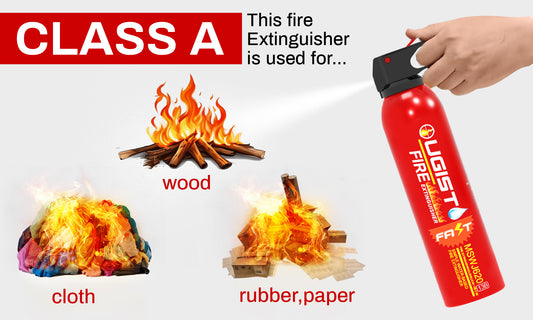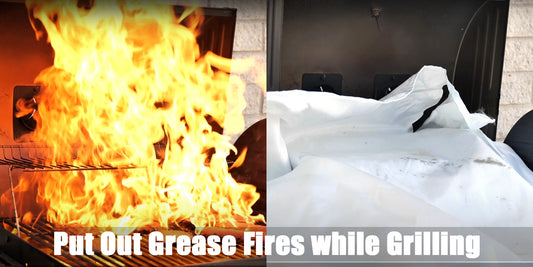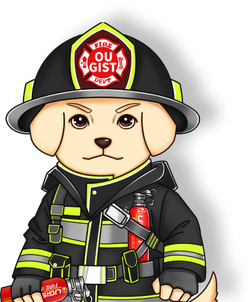
fire extinguisher
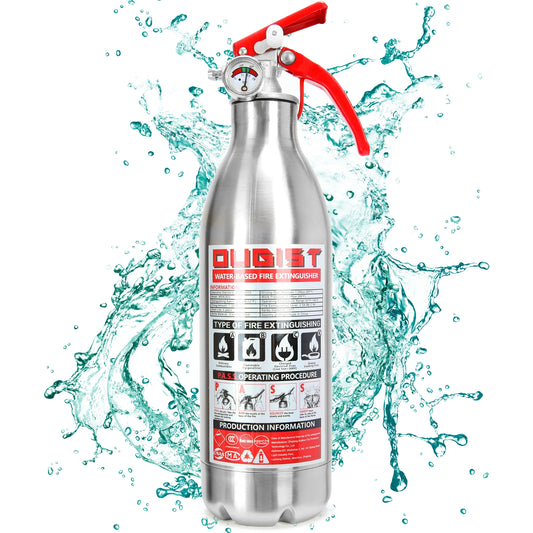
What is the difference between water and CO2 fi...
Water and CO2 fire extinguishers each serve distinct roles in fire safety, tailored to specific types of fires and environments. By understanding their characteristics, applications, and limitations, individuals can effectively...
What is the difference between water and CO2 fi...
Water and CO2 fire extinguishers each serve distinct roles in fire safety, tailored to specific types of fires and environments. By understanding their characteristics, applications, and limitations, individuals can effectively...
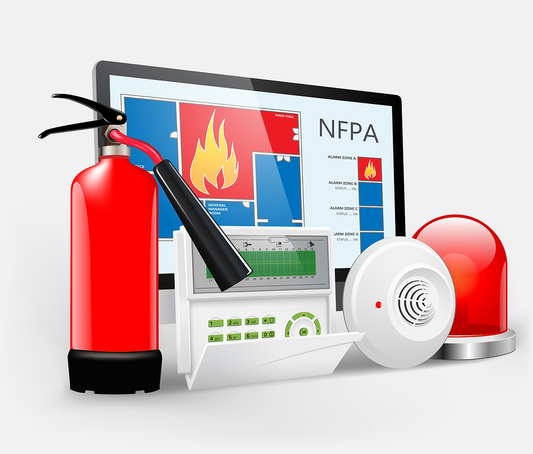
What is the maintenance of fire extinguisher NFPA?
The NFPA's fire extinguisher maintenance guidelines play a vital role in fire safety. By adhering to these standards, individuals and organizations can ensure that their fire extinguishers are consistently ready...
What is the maintenance of fire extinguisher NFPA?
The NFPA's fire extinguisher maintenance guidelines play a vital role in fire safety. By adhering to these standards, individuals and organizations can ensure that their fire extinguishers are consistently ready...
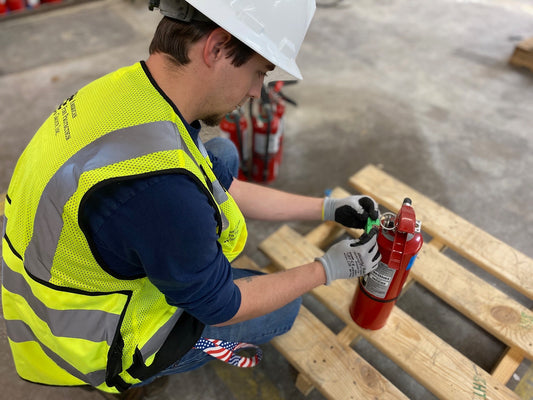
Can you service your own fire extinguisher?
While basic visual inspections and cleaning can be conducted by individuals, comprehensive fire extinguisher maintenance should be left to certified professionals. Their expertise ensures that fire extinguishers are in optimal...
Can you service your own fire extinguisher?
While basic visual inspections and cleaning can be conducted by individuals, comprehensive fire extinguisher maintenance should be left to certified professionals. Their expertise ensures that fire extinguishers are in optimal...

How often should a fire extinguisher be serviced?
Fire extinguisher maintenance is a crucial component of fire safety. Regular inspections, annual maintenance, and adherence to testing schedules enhance the reliability of fire extinguishers, contributing to a safer environment...
How often should a fire extinguisher be serviced?
Fire extinguisher maintenance is a crucial component of fire safety. Regular inspections, annual maintenance, and adherence to testing schedules enhance the reliability of fire extinguishers, contributing to a safer environment...
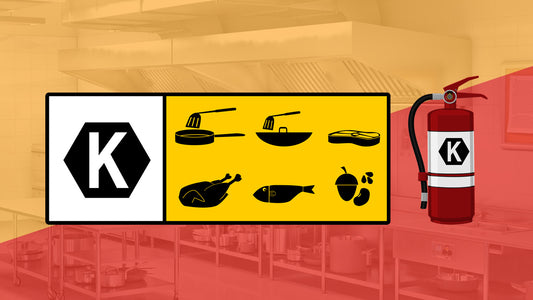
What is a Class K fire extinguisher used for?
Class K fire extinguishers are specialized tools that address the unique challenges posed by cooking fires. Their ability to cool, smother, and chemically react with cooking oils and fats makes...
What is a Class K fire extinguisher used for?
Class K fire extinguishers are specialized tools that address the unique challenges posed by cooking fires. Their ability to cool, smother, and chemically react with cooking oils and fats makes...
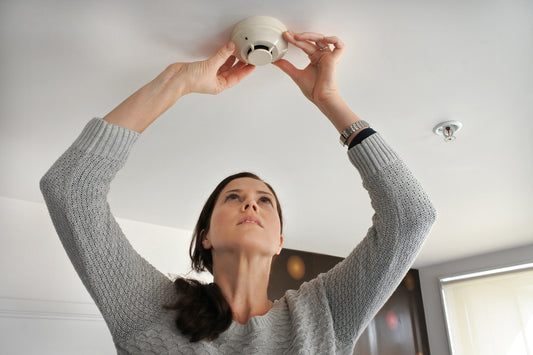
Is there a difference between a smoke detector ...
While the terms "smoke detector" and "smoke alarm" are frequently used interchangeably, understanding their distinctions is crucial for effective fire safety planning. Both devices play integral roles in detecting and...
Is there a difference between a smoke detector ...
While the terms "smoke detector" and "smoke alarm" are frequently used interchangeably, understanding their distinctions is crucial for effective fire safety planning. Both devices play integral roles in detecting and...
FAQs
Q1:Can the 620ml Ougist fire extinguisher be reused?
A:No, we do not recommend reusing our fire extinguishers. For safety reasons, they are designed for one-time use only.
Q2: Can the 620ml Ougist fire extinguisher quickly put out a spark on asphalt?
A: Yes, our water-based fire extinguisher is effective on small asphalt fires.
Q3: Can the 620ml Ougist fire extinguishers be stored in high-temperature environments, like in a car during summer?
A: We advise against exposing the extinguisher to direct sunlight and temperatures exceeding 200°F.
Q4: What is the storage temperature range for the 620ml Ougist fire extinguisher?
A: It is recommended to store between -13°F to 200°F.
Q5: In what scenarios are portable fire extinguishers suitable?
A: Portable fire extinguishers are suitable for homes, offices, vehicles, shops, factories, and public places. They can be used on initial fires involving wood, paper, grease, and electrical equipment.
Q6: How do you use a portable fire extinguisher?
A: The basic steps are: 1) Pull out the safety pin, 2) Aim at the base of the fire, 3) Squeeze the handle, 4) Spray the extinguishing agent using the nozzle. Detailed instructions are provided on the extinguisher.
Q7: What is the expiration period for Ougist fire extinguishers?
A: The expiration period for Ougist fire extinguishers is 5 years.
Q8: Are there specific requirements for storing and installing fire extinguishers?
A: Fire extinguishers should be placed in easily accessible locations, regularly inspected, and follow the storage/installation guidelines in our product instructions.
Q9: Can portable fire extinguishers be used in cars?
A: Yes, installing an Ougist fire extinguisher in a vehicle can be used for initial fires caused by electrical malfunctions, mechanical issues, or accidents.
Q10: What is the capacity and fire rating of the 620ml Ougist fire extinguisher?
A: The capacity is 620ml, and the fire rating is 0.5A-13B-C-K. However, it is only suitable for initial-stage fires.
Q11: Is the solvent in this fire extinguisher toxic?
A: Our solvent is non-toxic, but if it comes into contact with eyes or other areas, please rinse immediately.


